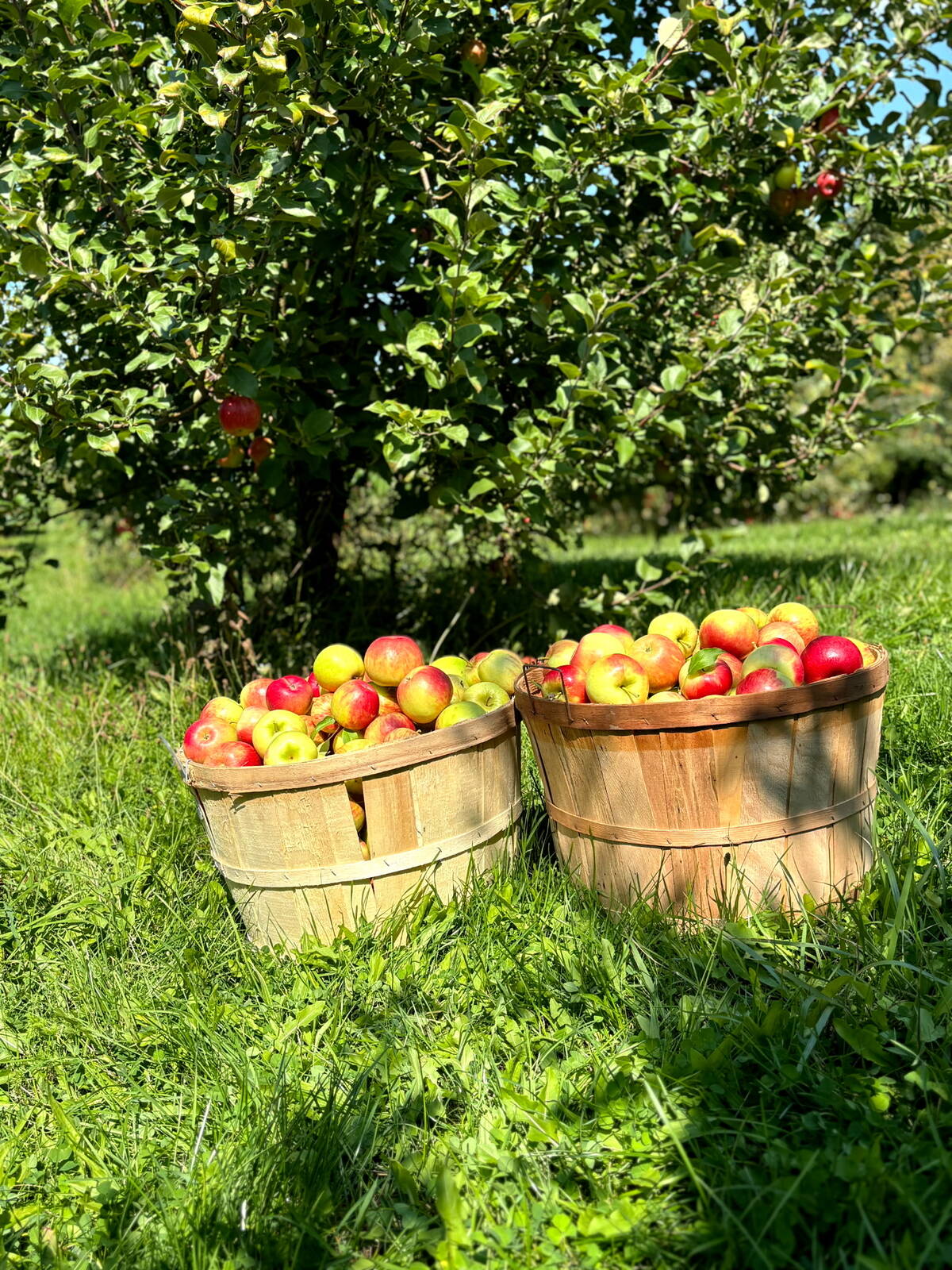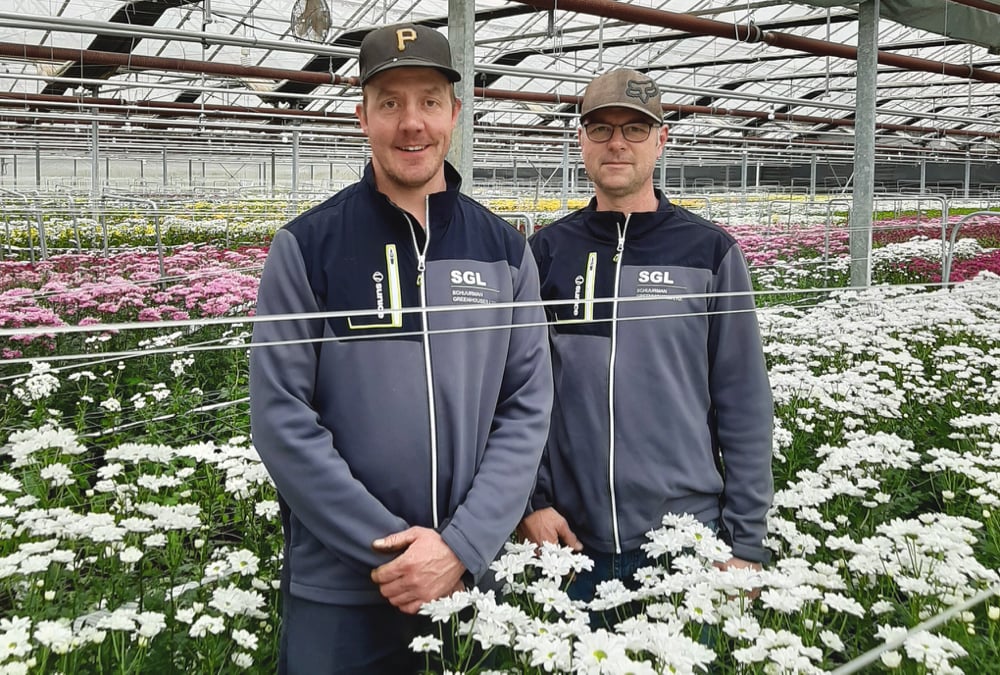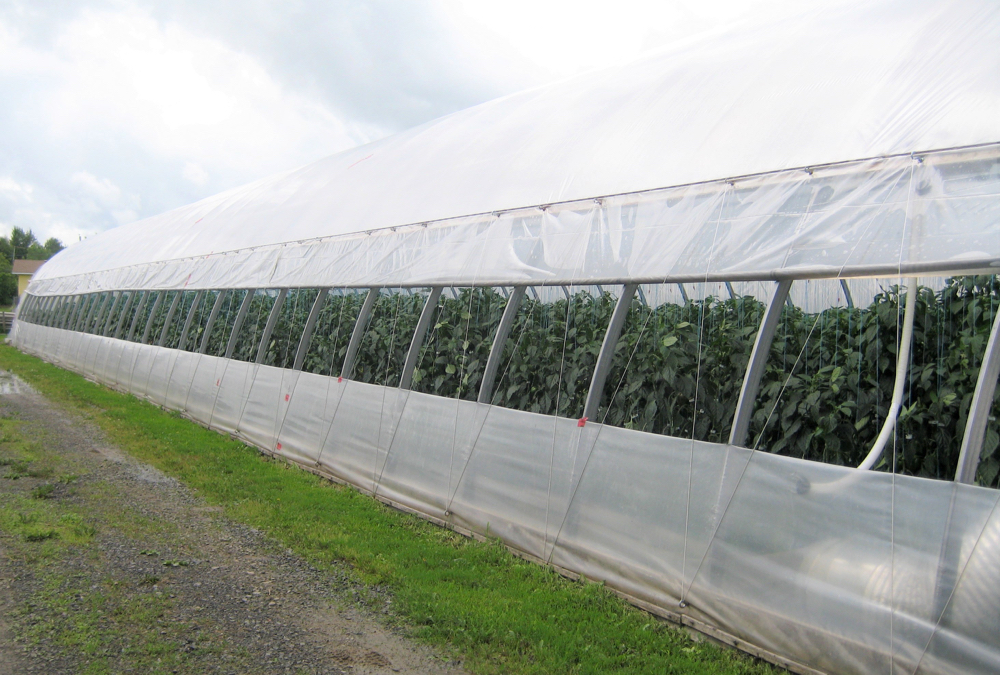Ontario’s sweet potato sector might not be large, but researchers at the Vineland Research and Innovation Centre says market opportunities in domestic propagation could help drive lucrative growth in the commodity.
Why it matters: Existing greenhouse infrastructure could be used to improve domestic sweet potato production.
Valerio Primomo, a vegetable breeder with Vineland, is involved with sweet potato production research, as well as variety development. After a disappointing 2019 launch of a new, shorter-season variety better suited for the Canadian climate (called Radiance), Primomo identified the lack of sweet potato slip (vegetative cutting) propagation as a central barrier to more rapid adoption.
Read Also

Farmers taking to social media to spread the word about the cost of farm thefts
A rash of farm thefts in Ontario have left farmers looking for new ways to help customers understand the cost of stealing goods.
No domestic production
Currently, Primomo says all Canadian sweet potato growers purchase outdoor-grown slips for crop production from propagators in the United States, and specifically North Carolina.
Propagators in such localities, however, only grow varieties bred for conditions in the southern states. This can be an issue for growers operating in Canada’s shorter growing season.
After placing slip orders, Canadian growers also must send trucks to pick up the order. This incurs significant transportation expenses, as well as potential import-related border complications. But, with no domestic propagation to speak of — at least, not on a scale large enough to supply Canadian growers — no alternative solution currently exists.
“Because there are no propagators here, we have to work with North Carolina propagators to get new varieties produced on a commercial scale,” says Primomo.
He adds the sheer distance from North Carolina propagators to potential growers elsewhere in the country is another significant practical barrier to greater domestic production.
“If you have local production of slips in those areas it becomes easier. Then you’re just competing with the prices of the U.S.A.”

Propagation infrastructure already present
However, Primomo says existing greenhouse infrastructure in Ontario and elsewhere is well-suited to fill Canada’s sweet potato slip needs.
As with other crops, he says, greenhouses provide a climactically reliable environment with lower exposure to problematic viruses and pests.
Additionally, the level of greenhouse technology does not have to be top tier. Indeed, Primomo says any standard poly-covered hoop-house would work.
“If the weather is really good in May, slips can be ready to be shipped out for growers willing to risk planting earlier,” he says.
Slip propagation takes several years to ramp-up before achieving adequate supply. Once that period ends, Primomo says one 4,000 sq. foot greenhouse can supply about 200 acres of sweet potato production. This is based on production levels ranging from 1.6 million slips (a pessimistic estimate) to 2.4 and 3.2 million slips — the expected and optimistic estimate.
“The potential net revenue depends on how much a propagator will set price per slips. The range could be anywhere from 12 cents to 17 cents for a commercial sweet potato grower. It also depends on cost of production.
“Lots of greenhouses could include this as an opportunity in their growing schedules,” says Primomo.
Vineland’s full guide to greenhouse sweet potato slip production is available as a PDF on its website.













